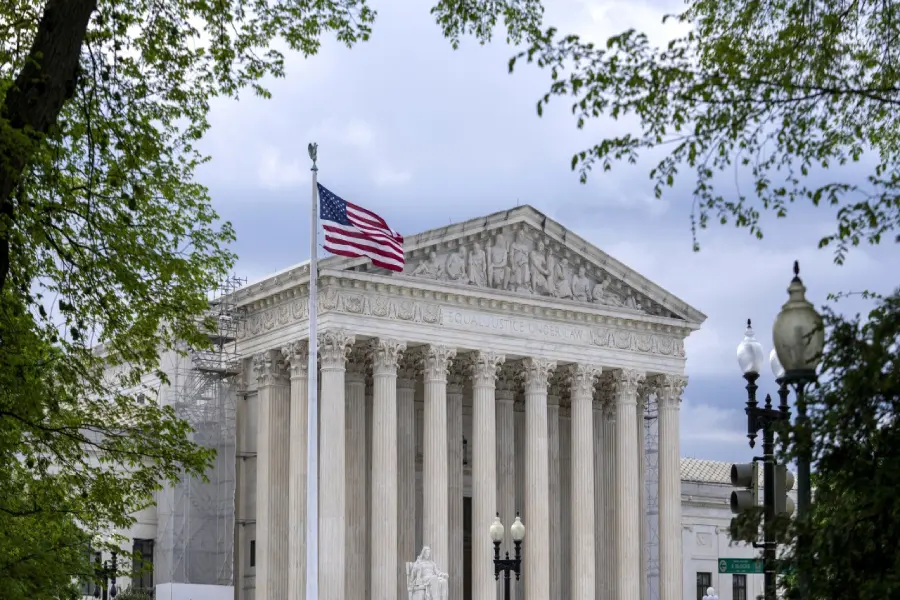Reverse discrimination refers to situations where members of majority groups—such as straight people, white individuals, or men—claim they face unfair treatment due to policies aimed at supporting minorities.
In June 2025, the U.S. Supreme Court unanimously ruled in favor of Marlean Ames, a straight woman working for the Ohio Department of Youth Services. She claimed she was unfairly denied promotions and later demoted in favor of gay employees with less seniority and qualifications.
The Court clarified that under Title VII of the Civil Rights Act of 1964, which prohibits workplace discrimination based on sex, race, or sexual orientation, plaintiffs from majority groups do not have to meet a higher legal burden to prove discrimination. This overturned previous appeals court rulings that required “background circumstances” to suspect discrimination against majority employees.

What Does the Ruling Change?
-
Equal Burden of Proof: Both majority and minority employees now face the same standards in discrimination claims. No “double standard” exists anymore.
-
Legal Protection for All: The ruling reinforces that workplace discrimination laws protect everyone equally, regardless of their group identity.
-
Impact on Diversity Policies: Employers must carefully design diversity, equity, and inclusion (DEI) initiatives to avoid unintentionally discriminating against majority groups.
Case Details
Marlean Ames worked for over ten years at Ohio’s juvenile corrections system. In 2019, she applied for a promotion but was denied due to alleged lack of leadership skills. The position went to a gay woman with less experience and no college degree. Shortly after, Ames was demoted and replaced by a gay man with less seniority.
She sued under federal civil rights law. Lower courts required her to provide extra proof since she belonged to a majority group. The Supreme Court rejected this requirement, making it easier for majority group members to pursue discrimination claims.

Practical Implications
-
For Employees: Anyone who feels discriminated against at work can seek legal remedy without facing higher proof standards.
-
For Employers: Fair and transparent hiring and promotion decisions are essential. Documenting decisions clearly helps avoid lawsuits.
-
For HR and Legal Teams: Reevaluate diversity policies to ensure compliance with equal protection principles.
FAQs
What is reverse discrimination?
It occurs when majority group members claim unfair treatment due to efforts to support minorities.
Does federal law protect majority group members?
Yes, Title VII protects all employees equally from workplace discrimination.
What did the Supreme Court decide?
They ruled that majority group plaintiffs don’t need extra proof compared to minority plaintiffs in discrimination cases.
How might this affect workplace diversity programs?
Employers need to balance diversity initiatives with fairness to all employees.

